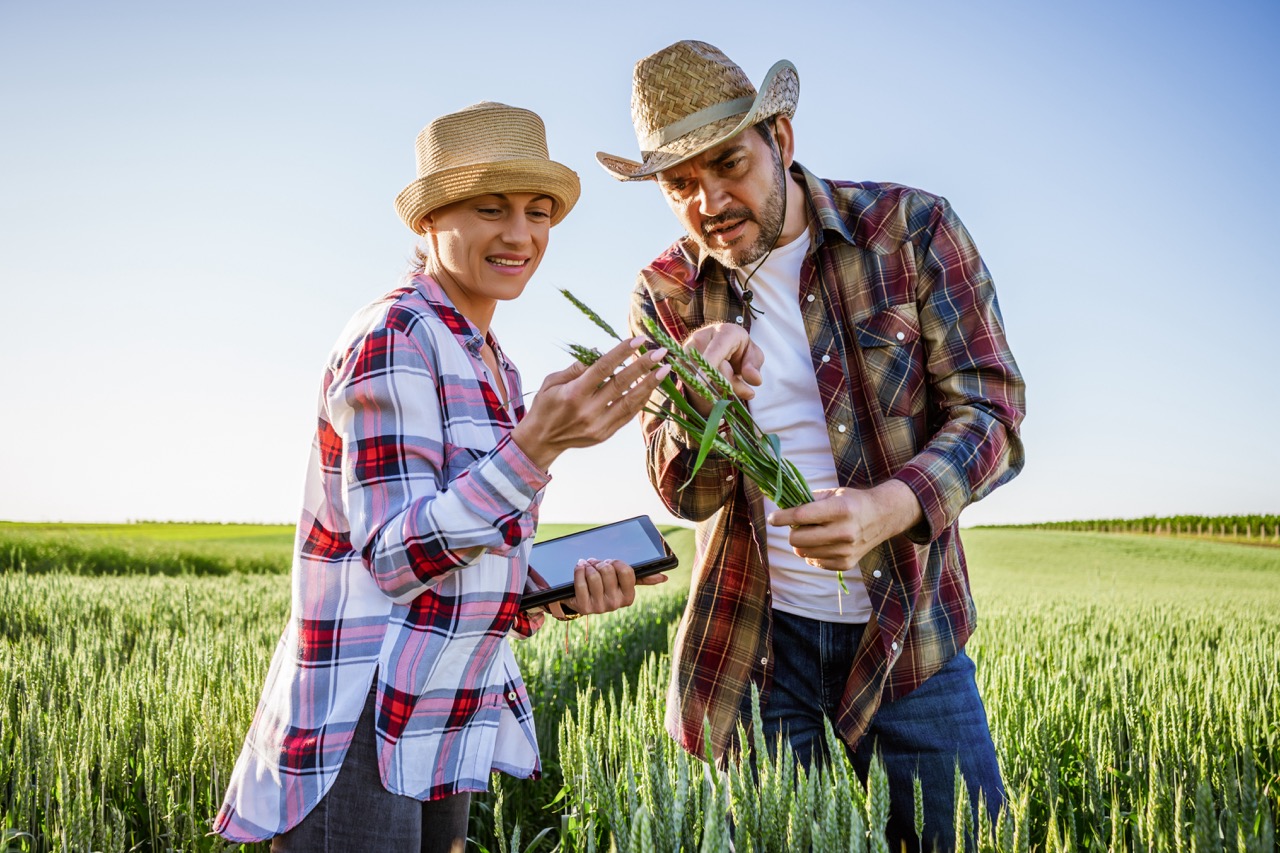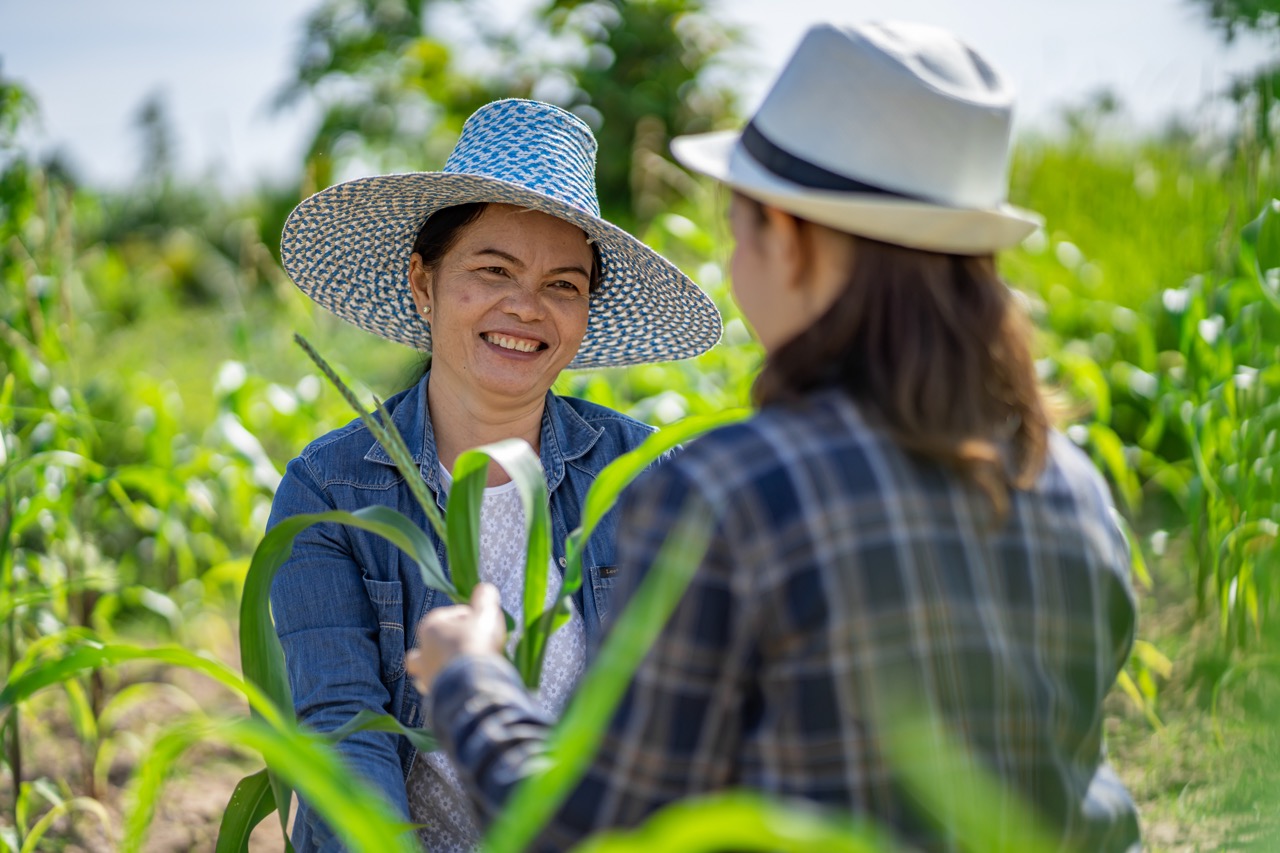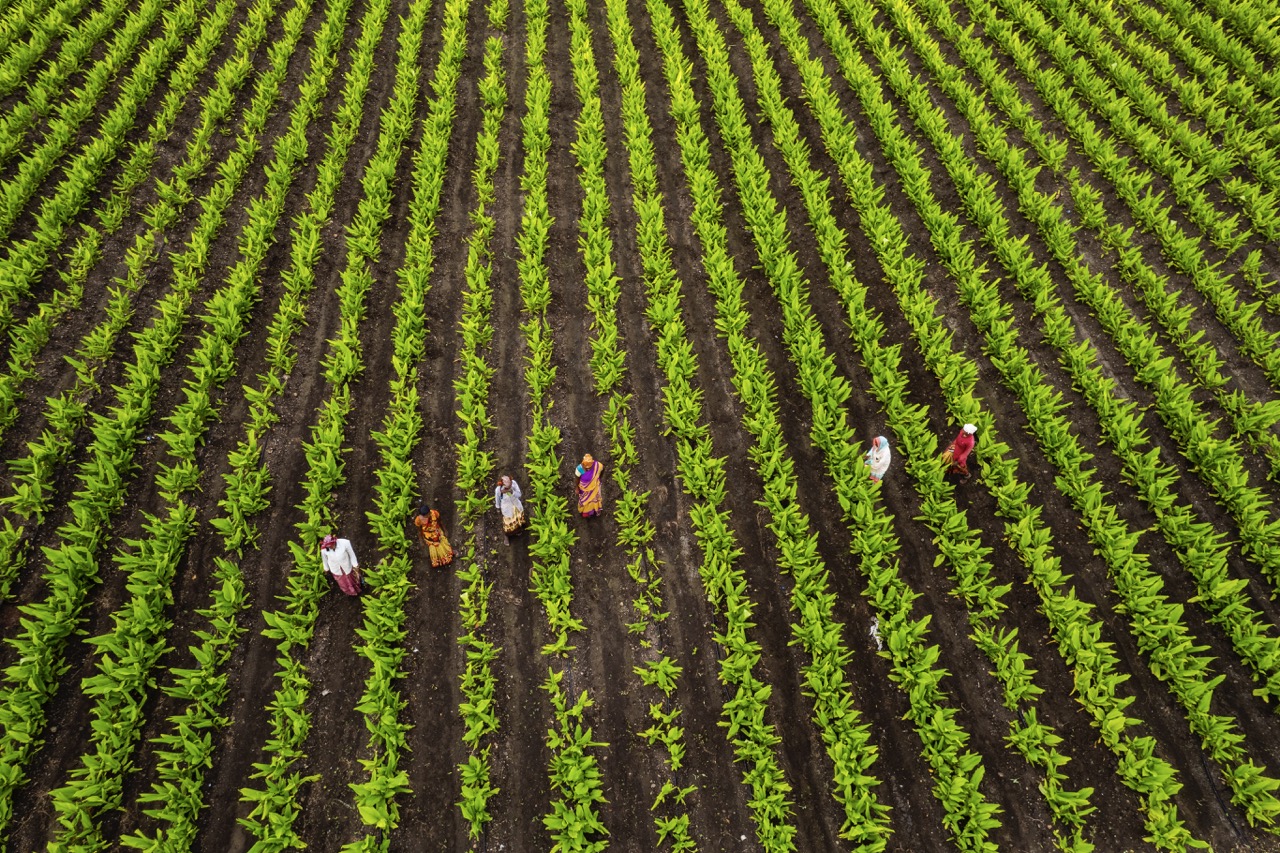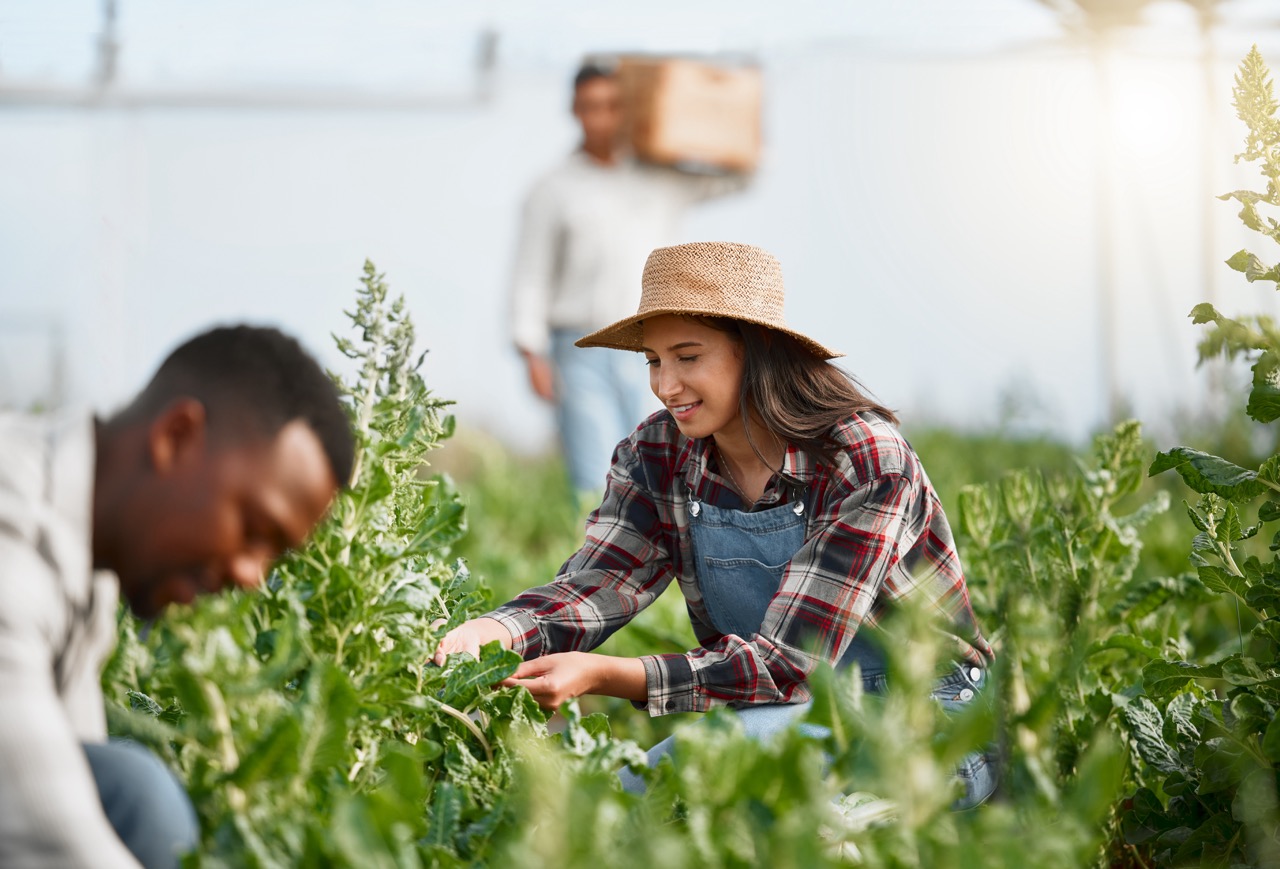In the context of modern agriculture, sharecropping has undergone a significant transformation. Originally rooted in post-Civil War America, the practice allowed landowners to cultivate their fields with the help of tenants who would share a portion of their harvest in exchange for land use. Today, however, this system has adapted to the demands of contemporary agricultural practices, particularly in the face of economic pressures and social challenges. Amidst these changes, cooperatives (co-ops) have emerged as a pivotal component of modern sharecropping systems, offering new opportunities for empowerment and sustainability. This article explores the evolving role of co-ops within contemporary sharecropping, shedding light on their benefits, challenges, and potential for revitalizing local economies.
Understanding the Evolution of Sharecropping Practices Today
Sharecropping has evolved from its historical roots, where it was often characterized by exploitative relationships between landowners and laborers. In contemporary settings, this practice has adapted to include more equitable arrangements, though many systems still reflect the disparities of the past. Modern sharecropping often integrates technology and sustainable practices, adapting to changing market demands and environmental concerns. In many cases, farmers are navigating new regulatory frameworks and economic pressures, which necessitate a more collaborative approach to agriculture.
With the advent of globalization and the rise of corporate agriculture, many small-scale farmers have found it increasingly difficult to thrive within traditional sharecropping arrangements. As a result, alternative models have emerged that emphasize shared resources and collective bargaining power. This evolution has prompted sharecroppers to seek more sustainable and self-sufficient methods of production, which often leads them to explore cooperative structures as a means of enhancing their economic viability and community support.
In this context, co-ops have gained traction as a viable alternative to historical sharecropping methods. By allowing farmers to pool resources, share knowledge, and access larger markets, cooperatives facilitate a shift towards a more egalitarian approach to agriculture. This evolution is not just about improving economic outcomes; it also represents a broader cultural shift towards community resilience and empowerment within the agricultural sector.
The Emergence of Cooperatives in Agricultural Systems
Cooperatives have become increasingly relevant in agricultural systems as they provide a framework for collective action among farmers. These organizations operate on principles of democratic governance and shared benefits, allowing members to have a stake in decision-making processes. In many cases, co-ops focus on agricultural production, marketing, processing, and distribution, enabling sharecroppers to elevate their role in the food supply chain and gain better access to resources.
The emergence of co-ops has also been fueled by a growing awareness of the social and environmental impacts of conventional agricultural practices. Many cooperatives are designed to promote sustainability, organic farming, and local food systems, aligning well with the values of a new generation of farmers who prioritize ecological stewardship. This shift has attracted a diverse range of participants, from experienced agricultural workers to urban residents seeking to reconnect with food production.
Moreover, the cooperative model fosters collaboration and knowledge-sharing, which are critical in today’s complex agricultural landscape. By pooling resources and expertise, co-op members can better navigate challenges such as fluctuating market prices, climate change, and the need for sustainable practices. This collaborative spirit not only enhances productivity but also cultivates a sense of community among members, contributing to a more supportive environment for sharecroppers.
Benefits of Co-ops for Sharecroppers and Local Economies
Cooperatives offer numerous benefits to sharecroppers, primarily through increased economic stability and improved access to resources. By banding together, farmers can achieve economies of scale, reducing production costs and enhancing their bargaining power when selling goods. This collective approach allows them to negotiate better prices, access quality inputs, and share infrastructure, such as tools and storage facilities, which can be prohibitively expensive for individual farmers.
Additionally, co-ops often provide educational opportunities, enabling members to gain valuable skills and knowledge related to sustainable farming practices, marketing, and financial management. This emphasis on education empowers sharecroppers to make informed decisions, increasing their overall productivity and sustainability. As a result, cooperative membership contributes not only to individual success but also to the health of the broader agricultural community.
Moreover, the economic impact of co-ops extends beyond the individual farmers involved. By fostering local food systems and prioritizing regional markets, cooperatives help to strengthen local economies. They create jobs, support local suppliers, and keep resources circulating within the community, which ultimately enhances economic resilience. This interconnectedness positions co-ops as vital players in not only revitalizing agricultural practices but also ensuring the long-term stability of rural communities.
Challenges Facing Co-ops in Contemporary Sharecropping Models
While cooperatives present many opportunities, they also face several challenges that can hinder their effectiveness in contemporary sharecropping systems. One significant barrier is access to capital. Many co-ops struggle to secure funding for initial investments, operational costs, and infrastructure development. Traditional financing mechanisms may overlook cooperatives due to their unique structures, leaving them reliant on grants or loans that may not fully meet their needs.
Additionally, the cooperative model requires strong leadership and active participation from members to be successful. However, many sharecroppers juggle multiple responsibilities, which can limit their ability to engage fully in cooperative activities. This challenge is compounded in communities with historical mistrust of collective organizations, where past experiences may have fostered skepticism towards cooperative participation. Building trust and encouraging engagement are essential for the longevity and effectiveness of co-ops.
Finally, co-ops must navigate the complexities of modern agricultural markets, which are often dominated by large corporations. Competing against established players can be difficult for cooperatives, particularly if they lack the marketing resources and distribution channels that larger entities possess. As co-ops work to carve out their niche in these markets, they must continuously innovate and adapt to changing consumer preferences and economic realities to remain viable.
In summary, cooperatives play a significant role in shaping modern sharecropping systems, offering a pathway towards sustainable agriculture and economic empowerment. By promoting collaboration and collective action, co-ops enable sharecroppers to not only survive but thrive in an increasingly competitive agricultural landscape. While challenges remain, the benefits of cooperative structures—such as enhanced economic stability, knowledge sharing, and community resilience—underscore their importance in the evolution of agricultural practices. As these systems continue to develop, the integration of cooperative models may well define the future of sharecropping, fostering a more equitable and sustainable agricultural landscape for all stakeholders involved.










